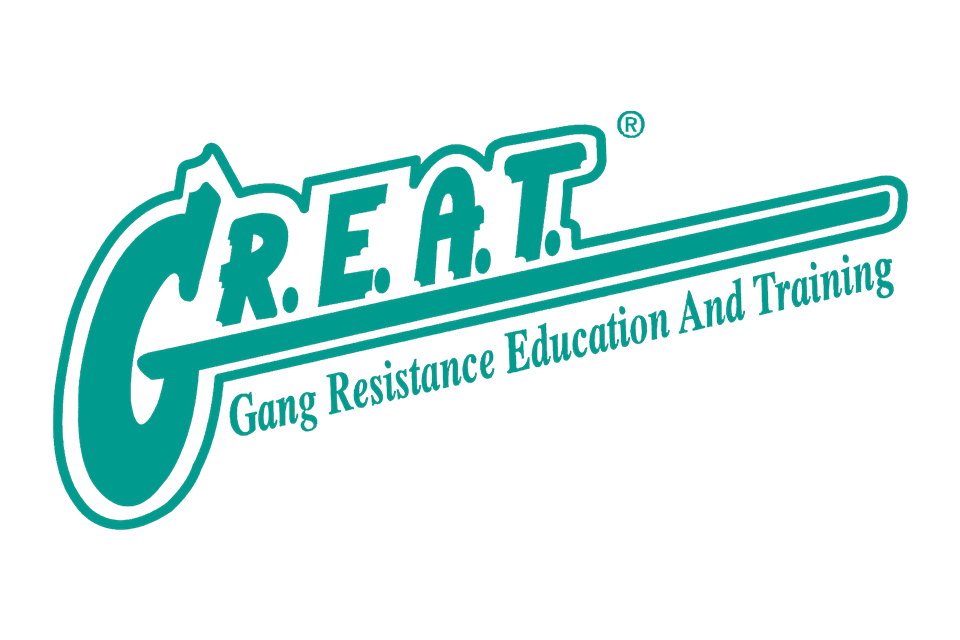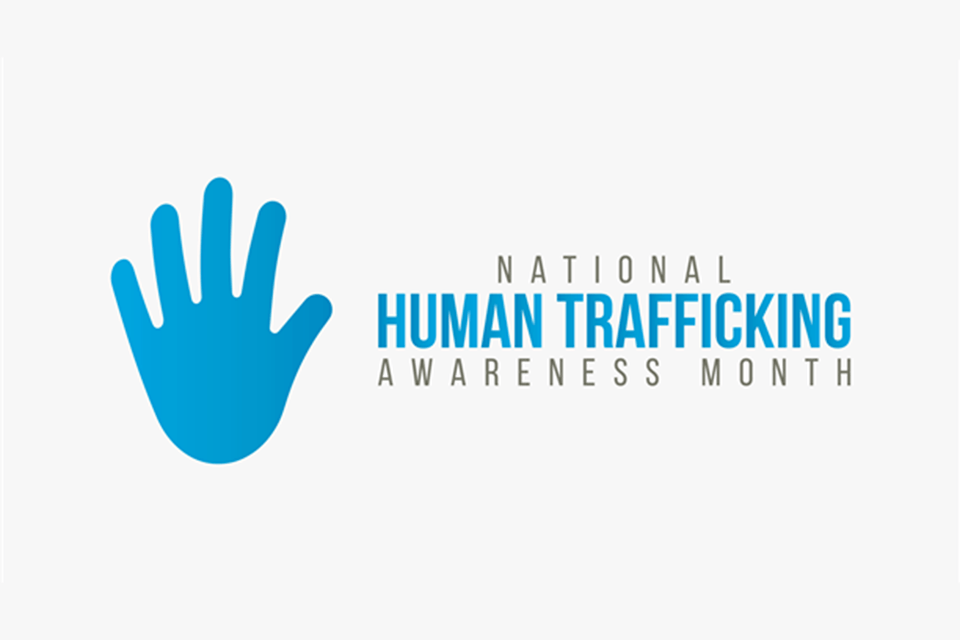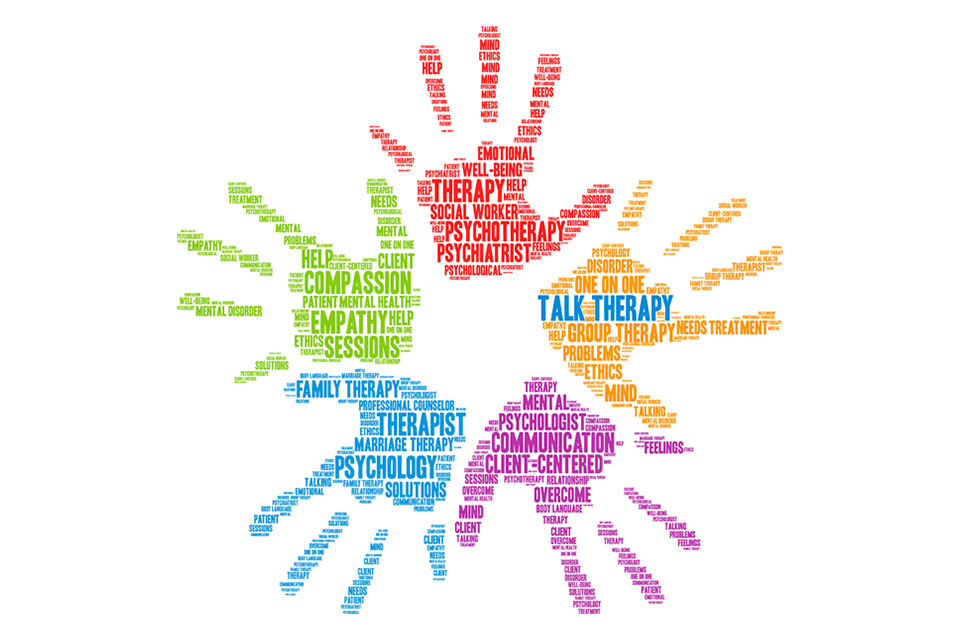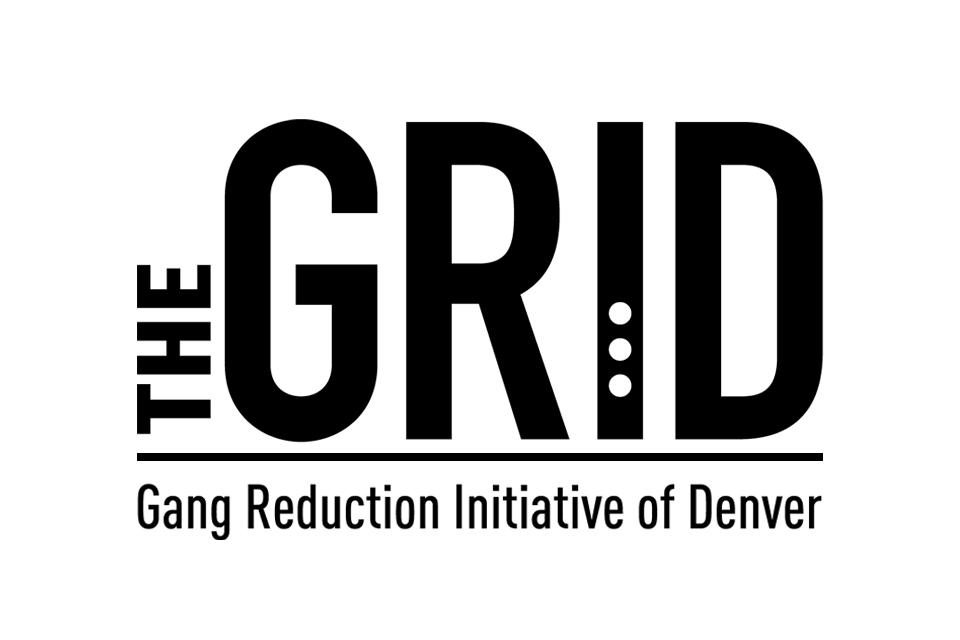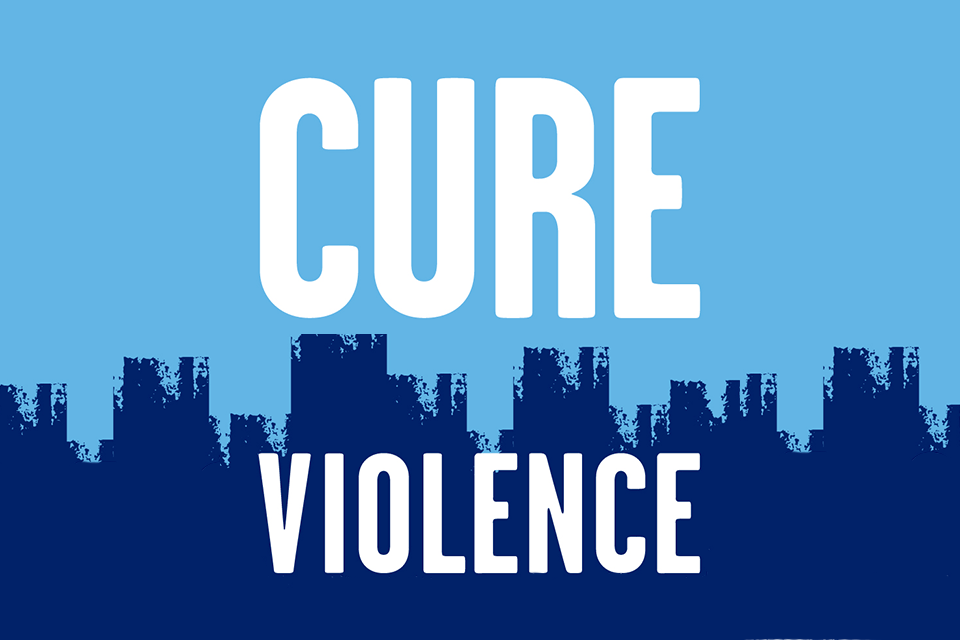Getting to the Heart of Youth Transformation—Building on the Strengths and Interests of Youth Impacted by Gang and Gun Violence — 3/13/2024
The discussion of youth violence prevention and intervention often hinges on the risks associated with involvement or the immediate needs of the young person and services/strategies to address these. While these two aspects are important to consider when developing a violence reduction strategy, there are other critical pillars for transformational change-the strengths and interests of young people. Building on the strengths of youth and creating positive opportunities in which they want to engage are powerful tools for opening space for them to thrive, which may ultimately prevent their involvement in violence.
We Meet Them Where They Are: The Importance of Mentoring as a Component of Youth Gang Violence Intervention - 1/11/2023
Several youth violence prevention and reduction programs funded by the Office of Juvenile Justice and Delinquency Prevention (OJJDP) make mentoring a priority as a part of their outreach and intervention efforts. Their insights shed light on what this relationship looks like, how mentors empower young people, and why mentoring is valuable for the youth they serve.
Compilation of Gang-Related Legislation — 2/8/2021
For more than 15 years, the National Gang Center (NGC) has hosted a compilation of U.S. gang-related legislation on its website. This resource, which includes statutory citations organized by state and subject categories, has proven to be a valuable tool for various professions throughout the criminal justice field. The extensive volume of gang-related law is synthesized here to provide a snapshot view of applicable laws and gang-related definitions nationally or within a given state. The database has been used for legal research, constructing cases for prosecution, as well as being an informative resource for task forces who are in the process of developing gang reduction strategic plans.
Helping Youth Become G.R.E.A.T. — 9/23/2020
The Gang Resistance Education And Training (G.R.E.A.T.) Program has been building trust between law enforcement and communities for almost 30 years. G.R.E.A.T. was designed as an immunization against delinquency, youth violence, and gang membership for children in the years immediately before the prime ages for introduction into gangs and delinquent behavior. G.R.E.A.T enables law enforcement and youth to build positive relationships throughout the course of the Program.
Gangs and Human Trafficking — 1/31/2020
Human trafficking is an insidious crime and a fundamental human rights violation involving acts of abuse and violence against adults and children across our nation. The exact number of human trafficking victims in the United States is unknown because of the hidden nature of this crime, differences in definitions, methodologies, and nomenclature that jurisdictions and professionals use to describe sex trafficking crimes and their victims.
Reducing Gang Violence: A Randomized Trial of Functional Family Therapy — 1/15/2019
The main purpose of this study was to produce knowledge about how to reduce delinquency among active gang members and youth at risk for gang membership. The study evaluated a modification of Functional Family Therapy (FFT) to assess its effectiveness for reducing gang membership and delinquency in a gang-involved population. In addition, this study was intended to provide a rigorous test of FFT under contemporary natural conditions, with an urban, predominantly minority population selected for its elevated risk for gang involvement.
Countering Violent Extremism (CVE) and the G.R.E.A.T. Program — 9/11/2018
Since the terrorist attacks on the United States on September 11, 2001, many Americans have felt that the country is vulnerable to limitless terrorist attacks and that these attacks will most likely come from abroad. Following the attacks, the U.S. government implemented increased security measures on all fronts, including addressing vulnerabilities in the visa process, transportation security, and intelligence sharing. However, despite these efforts, the terrorist attacks have continued, albeit on a smaller scale, and these threats are not coming from abroad but from our own homeland.
Helping to Break the Recidivism Cycle — 6/20/2018
They have served their sentences. Some have been released early for good behavior. It is now time to reenter mainstream society and retake possession of a life that has been lost. For some, this process can be easy. There is support. There is family. There are jobs waiting. For others, the road is not nearly as easy and can lead right back to the cinderblock institutions the ex-offenders recently left.
Arizona State University Conference: The future of violence and its prevention in Latin America and the Caribbean — 4/4/2018
In 2014, the U.S.-Mexico border was flooded with a steady stream of unaccompanied alien children (UAC). According to the Congressional Research Service, in 2014 “more than 68,500 unaccompanied children were apprehended,” a huge increase from 2011, when the U.S. Border Patrol apprehended just 16, 067 children. With reasons for the influx varying, the children consistently cited gang or cartel violence as their primary motivation for fleeing their countries. However, rather than these children receiving a safe haven from gangs and the violence that accompanies them, the arrival of these children actually created more recruiting opportunities for brutal gangs, such as MS-13.
Gang Reduction Initiative of Denver (GRID) — 10/16/2017
The Gang Reduction Initiative of Denver (GRID) recently celebrated a milestone of having served more than 500 gang-affiliated youth and adults. The collaborative effort of its Gang Outreach Workers, multi-disciplinary intervention teams, government agencies, service providers, and the community made this achievement possible.
Responding to Gangs in the School Setting — 8/22/2017
"Approximately 11 percent of students in middle and high schools across the country report the presence of gang activity in their schools."
Lauren Musu-Gillette, National Center for Education Statistics, Anlan Zhang, American Institutes for Research, Ke Wang, Jizhi Zhang, American Institutes for Research, Barbara A. Oudekerk, Bureau of Justice Statistics May 16, 2017 NCJ 250650
Gang Investigations—Tips for Social Media — 7/13/2017
The use and utility of social media for law enforcement gang investigations is a relatively new phenomenon. While the potential benefits are obvious, it is critical that agencies plan for the use of these tools before they are used. Fortunately, there are many resources available to help.
Gang Offending and Online Behavior — 5/2/2017
James C. Howell taught us in his article “Mimicking or Menacing” (2007) that there is a lot of misinformation about gangs. Some of the misinformation is fueled by media reports or law enforcement groups that generalize from one incident to all gangs or gang members. A good example is the story from the 1980s about flashing one’s lights at a car driving without its lights on, thought to be part of a gang initiation leading to the shooting of the occupants of the car that flashed its lights. It turned out that there were few, if any, recorded incidents of such behavior. The online behavior of gangs and gang members is another issue about which there is more talk than facts.
Talking to Youth About Gangs — 4/26/2017
In communities with gang issues, youth receive many complex messages every day in their homes, schools, and neighborhoods. Gangs should be avoided, and yet they seem to offer power, support, prestige, and economic incentives to their members. Some adults give conflicting messages about gangs and may even accept money from the illicit activities of gangs, while expressing dismay at youth gang involvement.
Vertical Prosecution—Operation Hardcore — 3/13/2017
Vertical Prosecution—Operation Hardcore — 3/13/2017
In 1979, with support from the federal government, the Los Angeles District Attorney’s Office established a specialized prosecution unit devoted to violent gang crimes: Operation Hardcore (now known as the Hardcore Gang Investigations Unit). Prosecutors handled only gang-related cases, and their caseloads were reduced. Cases were handled vertically, or on a continuous basis, by prosecutors, and additional investigative support was provided (e.g., funds for witness relocation).
Cure Violence: The Interrupters — 2/9/2017
Cure Violence (previously known as CeaseFire) began in 1995 with the goal of stopping shootings and homicides in Chicago, Illinois. An interdisciplinary public health strategy, Cure Violence has four core activities that work in conjunction to disrupt the transmission of violence: detection and interruption of potentially lethal events, intervention with highest-risk persons—or those thought most likely to be involved in potential events in the near future—changing group and community behavior and norms, and data and monitoring.
Gang Violence Protocols for Medical Facilities — 1/16/2017
In November 2011, in the Bronx, New York, a gang member opened fire on a rival in an emergency room (ER) waiting area, wounding a nurse and a security guard. In March 2012, a dispute among gang members at a North Miami-area funeral home sparked a mass shooting that injured 12 people and killed 2. The multiple victims, family members, and rival gang members converged on local emergency rooms, creating a chaotic and highly volatile atmosphere.





